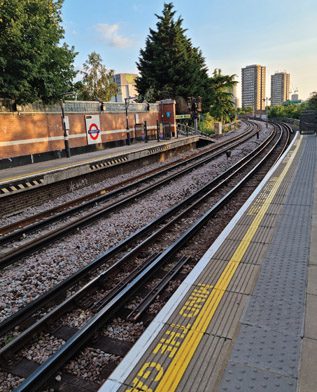New UK Government fire safety planning requirements have been welcomed that come into effect for developments involving high-rise residential buildings, as a result of the 2017 Grenfell Tower fire.
Developments involving high-rise residential buildings must demonstrate they have been designed with fire safety in mind before planning permission is granted – including through their site layout – and with access provided for fire engines.
Mike Robinson, Chief Executive at the British Safety Council, said: “It is high time the Government improved the standards of safety for people’s homes through a regulatory system that provides essential oversight, from a building’s initial design through to construction and operation. This should, if properly regulated, monitored and resourced, make homes safer in the future, and equally important make residents feel safe in their homes.”
“The Government’s decision, in the wake of new advice, to no longer require EWS1 forms for buildings below 18 metres should be kept under regular review to ensure any changes in risk are properly accounted for and managed accordingly.”
“The elephant in the room continues to be who pays for the removal of unsafe cladding from buildings below 18 metres – currently leaseholders are expected to pay £50 a month towards this work. This is a grave injustice. It is only right that the Government pays the full cost of remediation up front for what is a historical defect. To not do so, is simply wrong.”
The Housing Minister at the Ministry of Housing, Communities & Local Government, Christopher Pincher said: This is a key step in our progress towards a new, risk-based building safety regime that will ensure fire safety is prioritised at every stage in the development of high-rise buildings. I am pleased to appoint the Health and Safety Executive (HSE) as the statutory consultee, which will be on-hand to provide their expertise to local planning authorities on these important fire safety elements.
“We are driving up the standards of safety for people’s homes and our new regulator – to be introduced under the Building Safety Bill – will provide this essential oversight, from a building’s initial design, to providing homes in the future.”
On July 5, the Housing Secretary Robert Jenrick introduced the Building Safety Bill to set standards on how residential buildings should be constructed and maintained.
Picture by Mark Rowe: Grenfell Tower in west London from Ladbroke Grove Tube station.










